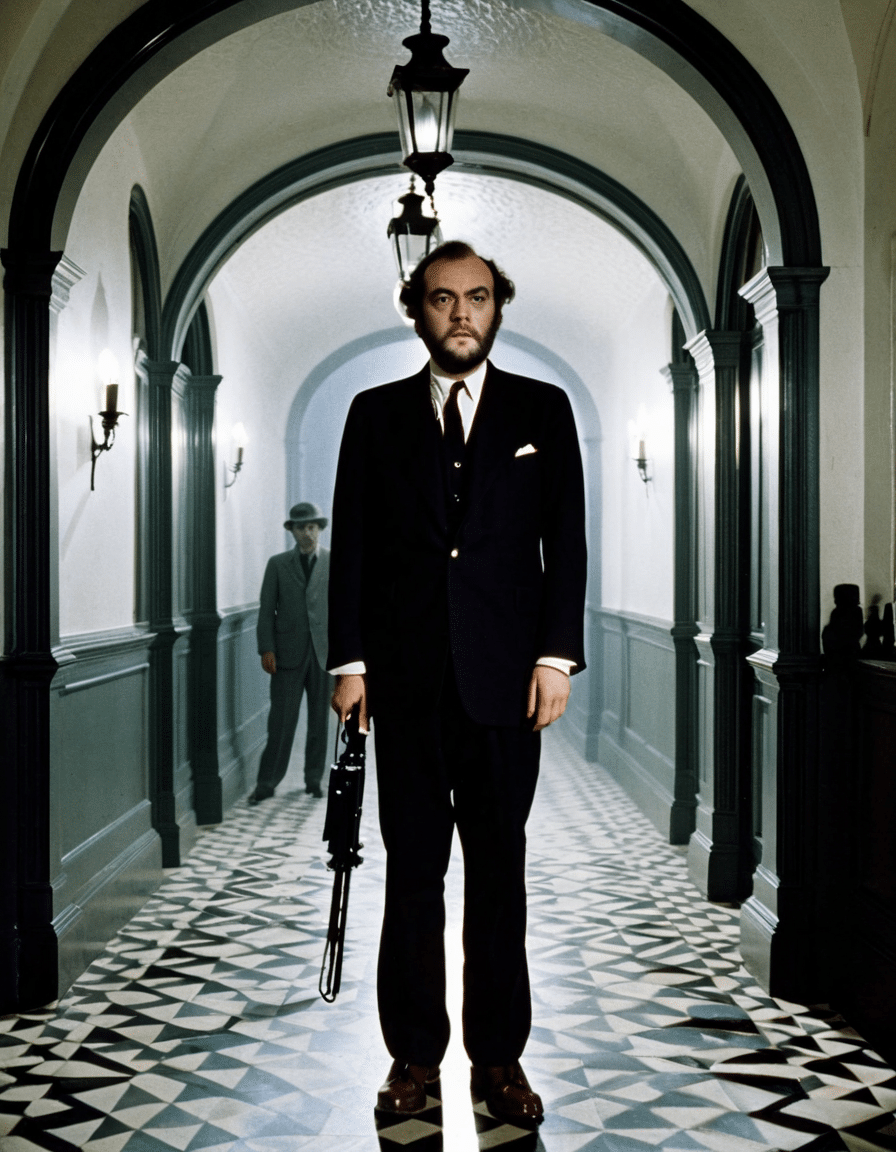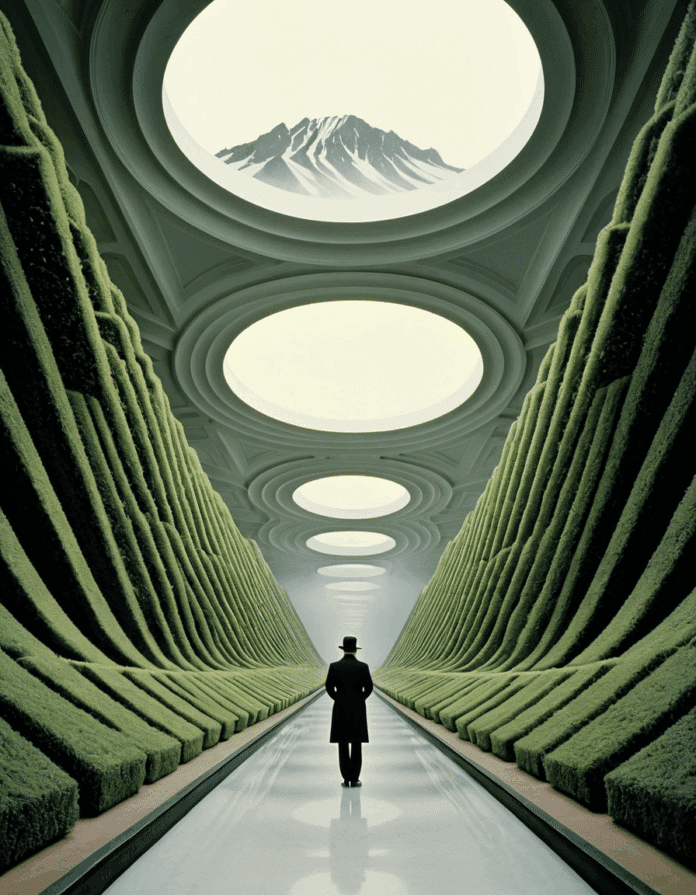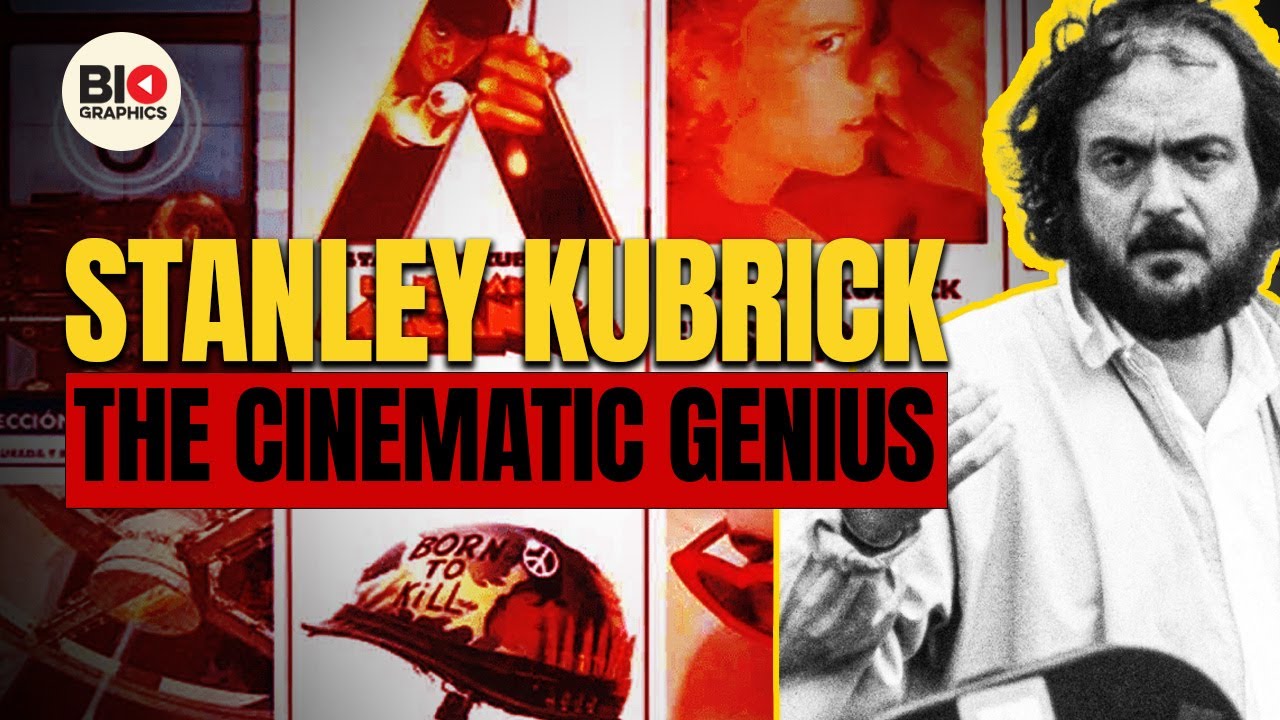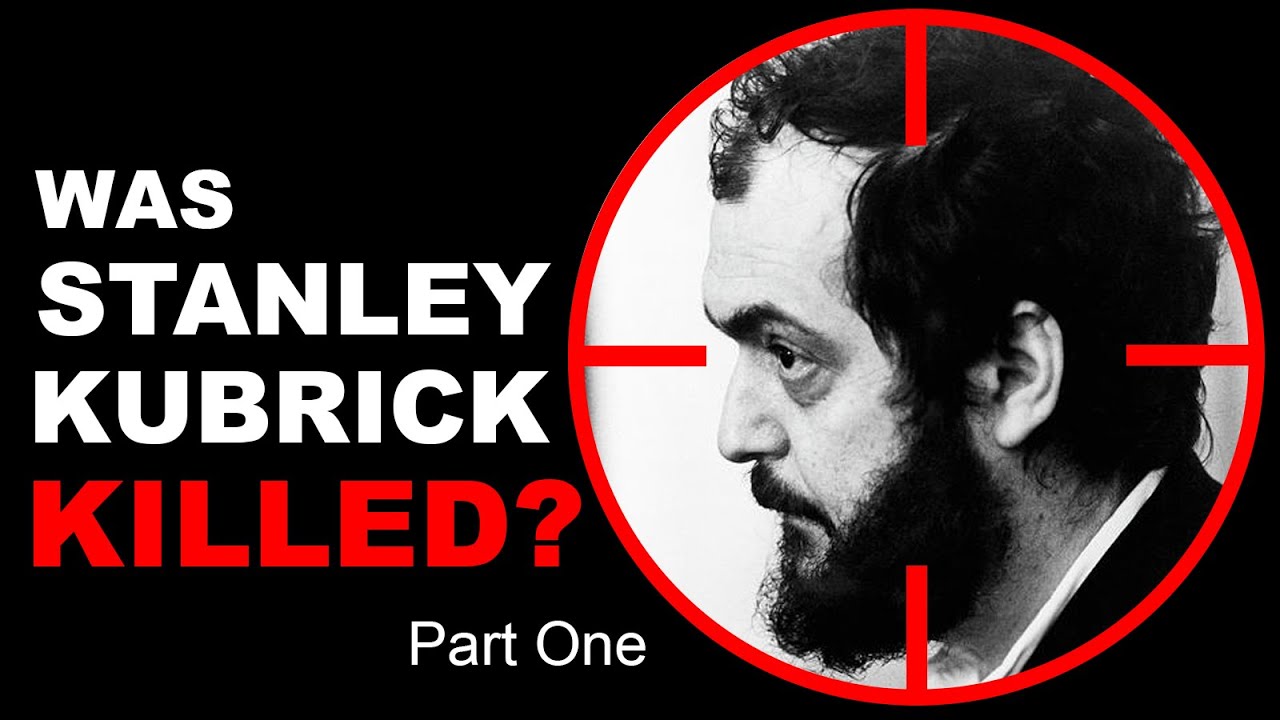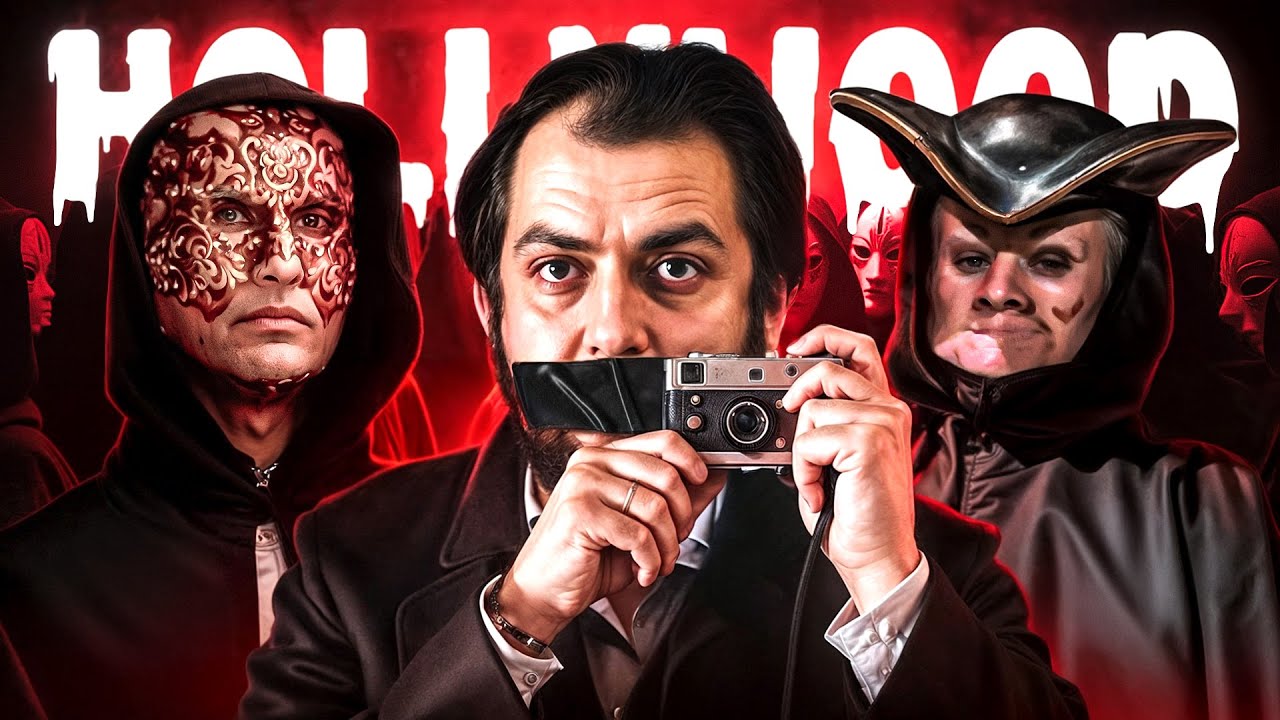Stanley Kubrick remains one of the most influential figures in film history. His unique vision, technical genius, and deep philosophical themes set the stage for cinema as we know it today. Kubrick’s films have not just entertained audiences; they’ve sparked conversations around art, technology, and the human experience. So, whether you’re a seasoned film buff or just dipping your toes into classic cinema, let’s explore several iconic Kubrick masterpieces that have fundamentally changed the landscape of filmmaking forever.
Top 5 Stanley Kubrick Masterpieces That Redefined the Art of Filmmaking
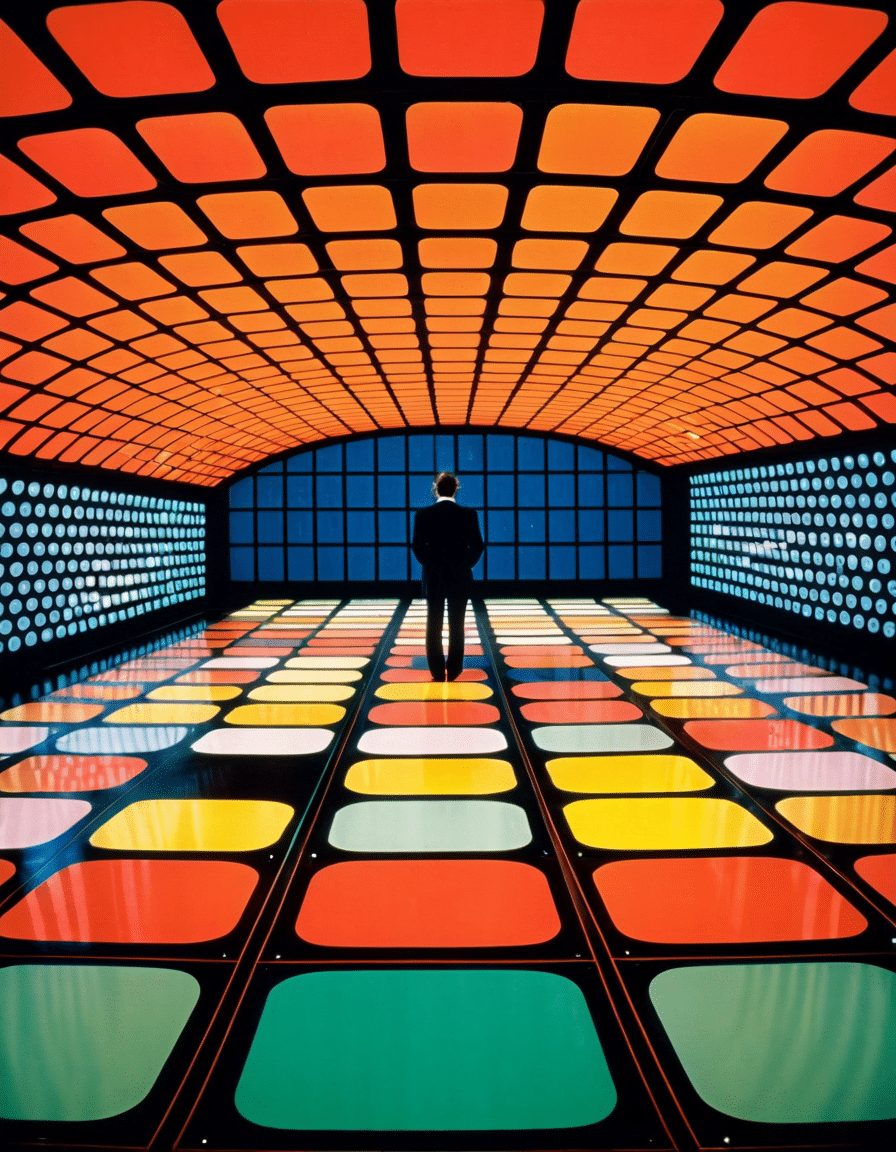
1. 2001: A Space Odyssey (1968)
It’s hard to overstate the impact of 2001: A Space Odyssey. This film is often considered the cornerstone of science fiction, making waves from its release to this very day. And let’s be real—the visuals are nothing short of mind-boggling, especially for a movie from the late ’60s. The groundbreaking effects set a new standard, pushing boundaries with its jaw-dropping scenes of space travel and sleek spaceship designs.
But it’s not just about the shiny robots. Kubrick utilized classical music in a way that made every note pulse with meaning, a technique many filmmakers still emulate. Plus, who can forget those iconic scenes—the bone-throwing apes and the mysterious monoliths? Kubrick’s ability to blend philosophical themes of artificial intelligence and human evolution established a narrative depth that invites endless interpretation and discussion.
So, if you haven’t seen it yet, grab some popcorn and carve out a few hours—this is the kind of film you don’t just watch; you experience.
2. A Clockwork Orange (1971)
Okay, let’s talk about A Clockwork Orange—a film that, love it or hate it, gets people talking. This controversial piece is a darkly comedic romp through the twisted corridors of free will and societal control. Enter John Malkovich—while he didn’t actually star in this film, his name constantly comes up when talking about adaptations. The mind bends a little, huh?
Kubrick took a bold step into the realm of violence and media, igniting debates that are still relevant today. The visuals are striking, and the immersive soundtrack works its magic, pulling you into the film’s twisted universe. Ethics students around the globe find delight in dissecting its philosophical underpinnings.
Whether you’re intrigued or repulsed, A Clockwork Orange compels you to think, and that’s exactly what Kubrick intended.
3. Barry Lyndon (1975)
Barry Lyndon showcases Kubrick’s exquisite craftsmanship in cinematography and storytelling. With a focus on historical accuracy, Kubrick meticulously constructed the film using authentic 18th-century costumes and natural lighting techniques. One glance at those stunning visuals, and you might think you’ve stepped into a painting, not a film.
This flick is all about the slow burn—its pacing might make you ponder if you’ve accidentally clicked on a museum audio tour instead, but that’s part of the allure! The film’s deliberate tempo invites viewers to engage with the deeper philosophical questions at hand.
Through this lens, Kubrick encourages us all to reflect not just on life, but on art itself. What a slippery slope!
4. The Shining (1980)
When you think of psychological horror, The Shining undoubtedly comes to mind. It’s a masterclass in how sound, lighting, and space can work together to create an overwhelmingly unsettling atmosphere. Jack Nicholson’s performance is bone-chilling and unforgettable, tapping into themes of isolation and madness.
One fascinating layer is the exploration of family dynamics—Kubrick doesn’t shy away from showing how fragile those bonds can be. Fans of the film have spun endless theories, including some that link it to American history.
Pretty profound for a horror film, right? The impact of The Shining is still felt today, influencing countless filmmakers and captivating a devoted audience that loves to peel back layers.
5. Full Metal Jacket (1987)
Last but certainly not least, we have Full Metal Jacket, a film that paints a brutally honest picture of the Vietnam War experience. Kubrick offers a double-edged perspective: the brutalities of combat and the dehumanizing processes of military training. The sharp dialogue is unforgettable—who could forget Vincent D’Onofrio’s transformation? And R. Lee Ermey as the drill sergeant? It’s iconic.
Kubrick’s character studies deliver profound societal critiques, dissecting the psychological toll of war like only he can. The film shifts gears in its structure, dividing soldiers’ experiences during training and in battle, forcing viewers to confront the staggering realities of war.
Adding this film to your watchlist is a must, not only for its storytelling but also for its timeless relevance.
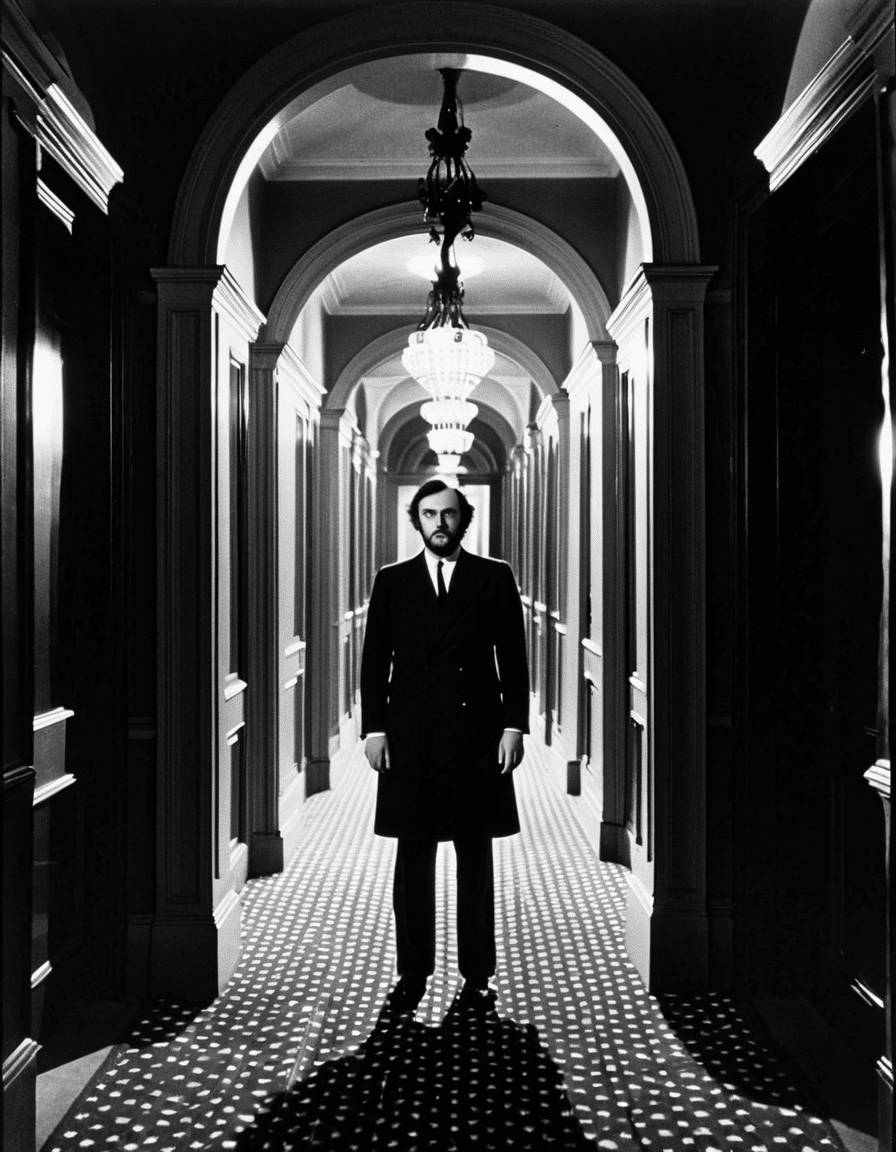
The Lasting Influence of Stanley Kubrick on Modern Filmmaking
Stanley Kubrick’s legacy doesn’t simply rest on individual films. It’s about his approach, methods, and explorations of complex themes that resonate deeply with contemporary filmmakers. Names like Christopher Nolan, Darren Aronofsky, and Denis Villeneuve frequently cite Kubrick as a significant influence—many of their movies echo his multi-layered narratives and striking visuals.
In today’s fast-paced film industry, Kubrick’s works serve as a much-needed reminder. They push filmmakers to engage viewers not just through visuals, but intellectually as well. As audiences crave deeper stories and stunning presentations, Kubrick’s masterpieces stand as a timeless touchstone for creatives pursuing that same level of excellence.
So, as we dive into an ever-evolving media landscape, let’s celebrate Kubrick’s achievements. His films encourage exploration, reflection, and the relentless pursuit of artistic innovation. The world of cinema is richer for it, and we’re all the better for experiencing his brilliance.
With all that said, whether you’re indulging in the thrilling tension of The Shining or the profound insights of 2001: A Space Odyssey, you’ll find yourself with more than just entertainment—you’ll walk away with reasons to think, question, and appreciate the art of film on a profound level. Now that’s something to keep in mind next time you’re selecting which film to binge-watch over the weekend!
Stanley Kubrick: Fun Trivia and Interesting Facts
The Genius’s Quirks
Stanley Kubrick was known for his peculiar habits that often led to extraordinary results on screen. For instance, he usually shot multiple takes of every scene, with some famously enduring over a hundred. While this might sound crazy, he believed in perfecting every shot to get that little something extra. This tireless approach to filmmaking can be likened to how some folks feel about their favorite Costco food court treats, like those tempting, calorie-packed Costco hot dog Calories that everyone talks about! One of his most iconic films, 2001: A Space Odyssey, wasn’t just a leap into the future of CGI; it also blended philosophical questions about humanity’s place in the universe, something that still ignites discussions today.
Influences from Unexpected Places
Did you know Kubrick’s cinematic style took inspiration from a variety of art forms? He often marinated his ideas in the works of painters, composers, and even poets. His film A Clockwork Orange drew heavily from Anthony Burgess’s novel, with the original score including compositions that resonated with the dystopian themes. You might be surprised to hear that Leonard Cohens haunting songs also echo through cinema, often reflecting the somber moods in powerful films, like those crafted by Kubrick. And while Kubrick delved deep into the human psyche, it’s hard to overlook how he sometimes made the offbeat look simple, as depicted in animated films like Secret life Of Pets, which are all about the quirks of everyday life!
Behind-the-Scenes Surprises
Kubrick had a knack for blending reality with fiction, intricately threading details that made viewers question what was real. Interestingly, he once asked actors to improvise scenes, resulting in raw, captivating moments. This method mirrored the improvisational style seen in comedians like Hasan Minhaj, who knows how to bring genuine emotion to storytelling. In casting, Kubrick wasn’t afraid to take risks either. For The Shining, he decided on Shelley Duvall after watching her audition tapes, even though she might not have been the first choice. In fact, casting decisions can sometimes lead actors to unexpected fame, much like Marion Cotillards rise that had everyone talking about her performance in movies like La Vie en Rose.
Stanley Kubrick’s films remain a testament to the artistry behind cinema. His willingness to push boundaries melded with his intense attention to detail created masterpieces that continue to inspire filmmakers today.
